Table of Contents
The world of renewable energy has been revolutionized by Elon Musk’s projects, and among them, the Tesla Powerwall stands out as a game-changer. The Powerwall is a rechargeable lithium-ion battery designed to store energy generated by solar panels and provide electricity to homes when the sun is not shining. However, it is not the only option on the market, and the Enphase Battery has been gaining popularity as a competitor. In this article, we will take a closer look at the Enphase Battery vs. Tesla Powerwall and compare their features to help you make an informed decision.
Enphase Battery vs Tesla Powerwall 2
The Tesla Powerwall is a household name when it comes to energy storage, and for a good reason. It has a sleek design, high storage capacity, and an impressive 10-year warranty. However, the Enphase Battery offers similar features, such as a 10-year warranty, and a smaller, more compact design. Both batteries can be used with solar panels, but the Enphase Battery is specifically designed to work with the Enphase Microinverter System, which optimizes energy production and increases efficiency.
When it comes to energy storage, it is essential to consider factors such as battery capacity, warranty, and compatibility with solar panels. In this article, we will delve deeper into these features and compare the Enphase Battery and Tesla Powerwall side by side. Whether you are looking to reduce your carbon footprint, save money on energy bills, or prepare for power outages, this article will provide you with the information you need to make an informed decision.
Enphase Battery vs Tesla Powerwall: Comparison
The competition between Enphase Battery and Tesla Powerwall has been heating up in recent years, with both companies offering high-quality solar battery storage solutions. While Tesla Powerwall is the more well-known brand, Enphase Battery has made a name for itself as a reliable and cost-effective alternative. In this section, we will compare Enphase Battery vs Tesla Powerwall 2 and explore some Tesla Powerwall alternatives.
When it comes to the Enphase Battery vs Tesla Powerwall 2 comparison, there are a few key differences to consider. The Tesla Powerwall 2 has a higher storage capacity of 13.5 kWh, while the Enphase Battery has a capacity of 3.5 kWh. However, the Enphase Battery is expandable up to 14 kWh, making it a more flexible option for homeowners who may need to increase their storage capacity in the future.
Another important factor to consider is the price. The Tesla Powerwall 2 is more expensive than the Enphase Battery. But therefore, the Tesla Powerwall 2 can be used with any solar panel system, while the Enphase Battery may not be compatible with all systems.
When it comes to Tesla Powerwall alternatives, there are several other options to consider. Generac, LG, and Sonnen are all popular alternatives that offer similar features and capabilities. It’s important to compare the specifications and prices of each option to find the best fit for your home and budget.
To sum up, the Enphase Battery vs Tesla Powerwall 2 comparison is a close one, with both options offering unique benefits and drawbacks. Ultimately, the best choice will depend on your specific needs and preferences.
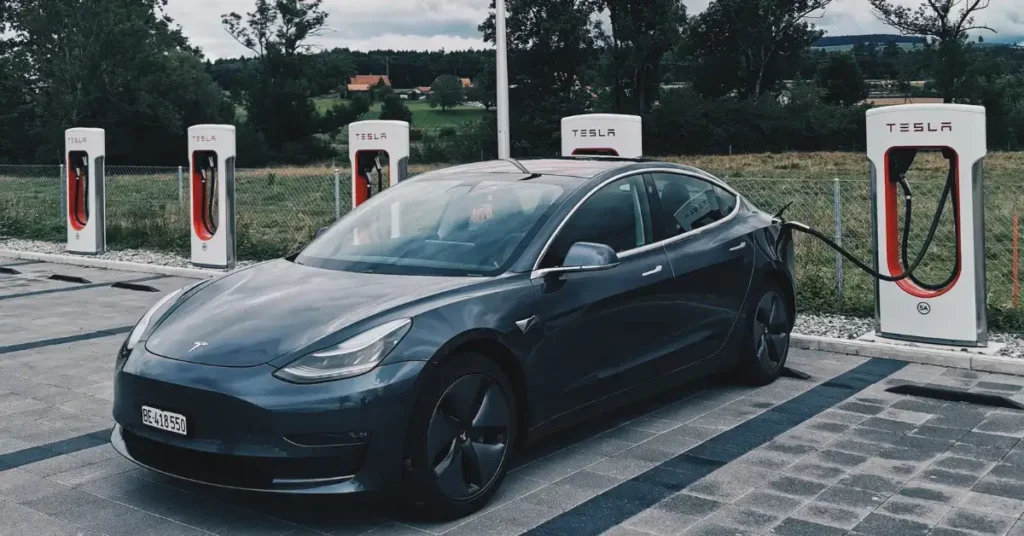
Enphase Battery
As Elon Musk projects the future of renewable energy, home battery storage systems have become increasingly popular. Enphase Energy and Tesla are two of the leading brands in this market, offering homeowners the ability to store energy produced by solar panels and use it when needed. In this section, we will compare Enphase batteries with Tesla Powerwall, and help you decide which one is right for you.
Enphase IQ Battery
The Enphase IQ Battery is a high-performance home battery with a 10.1 kWh capacity. It is designed to work with Enphase microinverters, providing a complete AC solution for your PV system. The Enphase IQ Battery is also compatible with the Enphase App, which allows you to monitor your system’s performance, energy usage, and battery status in real-time.
Enphase Encharge Batteries
The Enphase Encharge Batteries are modular home battery systems that can be expanded from 3.3 kWh to 33 kWh. They are as well designed to work with Enphase microinverters and are compatible with the Enphase App. The Encharge Batteries come with a 10-year warranty and are built to last, with a durable metal enclosure and advanced thermal management.
Tesla Powerwall
The Tesla Powerwall on the other hand is a sleek and powerful home battery with a 13.5 kWh capacity. It is designed to work with solar panels or as a backup power source. The Powerwall is also compatible with the Tesla app, which allows you to monitor your system’s performance, energy usage, and battery status in real-time. The Tesla Powerwall also comes with a 10-year warranty and a durable, weather-resistant enclosure.
As you can see, both Enphase and Tesla offer high-quality home battery storage systems that can help you save money on your energy bills and reduce your carbon footprint. The Enphase IQ Battery and Encharge Batteries are great options for homeowners who want a modular system that can be expanded over time. The Tesla Powerwall is also a powerful and reliable option for homeowners who want a sleek and powerful home battery system.
The Big Comparison
When it comes to home energy storage solutions, two of the most popular options are the Tesla Powerwall and the Enphase Battery. Both products offer a range of benefits, from cost savings to preventing widespread grid outages. But which one is right for you? In the following, we offer you an overview of the most important criteria in order to support you as best as possible in your decision-making process.
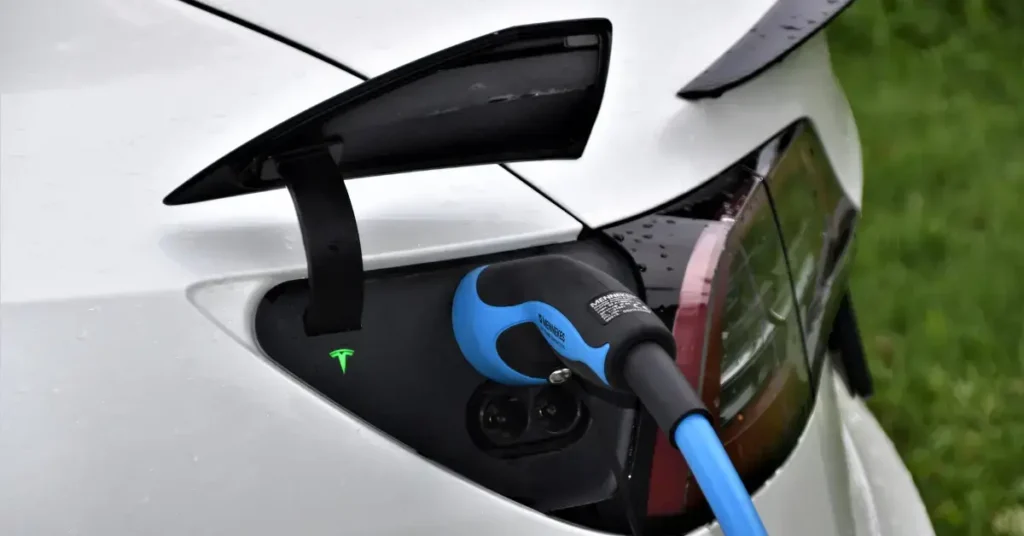
Capacity and Efficiency
One of the most important factors to consider when choosing a home battery is its capacity and efficiency. The Tesla Powerwall has a capacity of 13.5 kWh, while the Enphase Battery has a capacity of 3.5 kWh per unit, with the ability to stack up to 10 units for a total capacity of 35 kWh. In terms of efficiency, the Enphase Battery has a round-trip efficiency of 96%, while the Tesla Powerwall has a round-trip efficiency of 90%.
Warranty and Lifespan
Another important factor to consider is the warranty and lifespan of the battery. The Tesla Powerwall comes with a 10-year warranty, while the Enphase Battery comes with a 10-year warranty as well. However, Enphase also offers a performance guarantee that ensures the battery will maintain at least 70% of its original capacity after 10 years of use. In terms of lifespan, both batteries are expected to last for at least 10 years without having any issues.
Installation and Maintenance
The installation and maintenance of a home battery can be a significant factor in the overall cost and convenience of the product. The Tesla Powerwall requires professional installation, which can add to the cost and needs to be terminated. Enphase, on the other hand, offers a plug-and-play installation process that can be done by the homeowner. In terms of maintenance, both products require minimal maintenance, but the Enphase Battery’s modular design allows for easier replacement of individual units if needed.
Price and Cost
Price is always a consideration when making a purchase, and home batteries are no exception. The Tesla Powerwall currently costs around $7,000, while the Enphase Battery costs around $1,000 per unit. However, as mentioned earlier, the Enphase Battery can be stacked up to 10 units for a total capacity of 35 kWh, which can be more cost-effective in the long run.
Reliability and Performance
Finally, it’s important to consider the reliability and performance of the battery. Both the Tesla Powerwall and the Enphase Battery have a proven track record of reliability and performance, with high customer satisfaction ratings. However, the Enphase Battery’s modular design allows for greater flexibility and scalability, which can be an advantage for those looking to expand their system in the future.
Our Summary
When it comes to choosing between the Enphase Battery and the Tesla Powerwall, there are a few factors to consider. Both of these products offer excellent energy storage solutions for homeowners looking to reduce their reliance on the grid. In this section, we will summarize the key differences between the two products and help you decide which one is best for you.
One of the most significant differences between the Enphase Battery and the Tesla Powerwall is the chemistry of the battery cells. The Enphase Battery uses a nickel manganese cobalt (NMC) chemistry, while the Tesla Powerwall uses a lithium-ion chemistry. While both of these chemistries are reliable and safe, they have different characteristics that may make one a better fit for your needs.
Another difference between the two products is the level of integration with solar panels. The Enphase Battery is designed to work seamlessly with Enphase microinverters, which are used in many solar self-consumption systems. The Tesla Powerwall, on the other hand, can be used with any solar system, but it requires a separate system controller, such as the Tesla System Controller 2.
In terms of pricing, the Enphase Battery is generally less expensive than the Tesla Powerwall. However, the Tesla Powerwall has a larger capacity, which may make it a better fit for larger homes or homes with higher energy demands.
Ultimately, the choice between the Enphase Battery and the Tesla Powerwall will depend on your specific needs and preferences. If you already have an Enphase solar system, the Enphase Battery may be the best choice for you. If you need a larger capacity battery or prefer the Tesla brand, the Tesla Powerwall may be the way to go.
While both the Enphase Battery and the Tesla Powerwall are excellent energy storage solutions, the best choice for you will depend on your specific needs and preferences. Be sure to do your research and consult with a reputable installer before making a final decision.
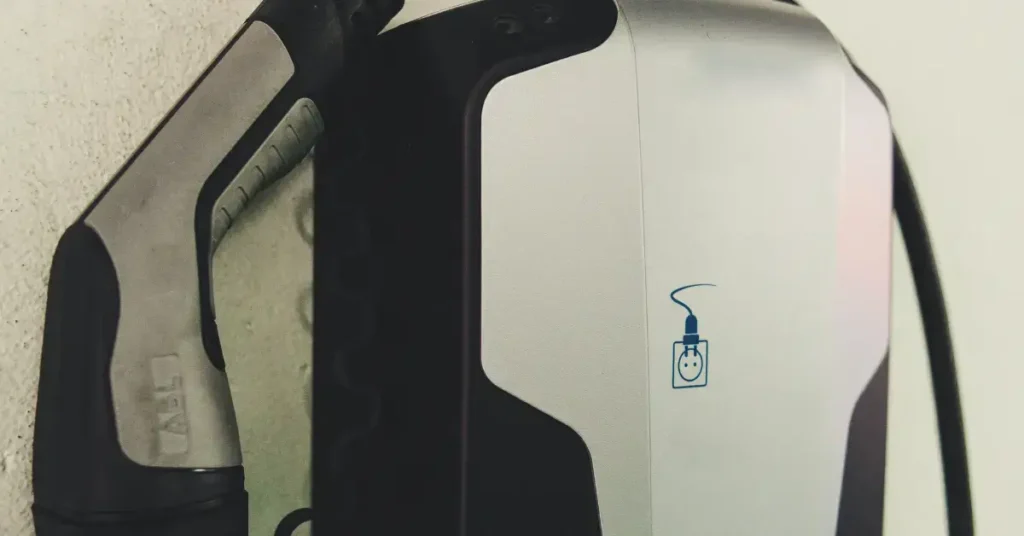
FAQ
Is Enphase or Tesla Powerwall better?
Both Enphase and Tesla Powerwall are popular options for home energy storage, but the choice between them depends on individual preferences and specific requirements, as highlighted in the comparison “Enphase Battery vs Tesla Powerwall 2”. Enphase is known for its microinverter technology and modular approach, while Tesla Powerwall offers seamless integration with Tesla’s solar panels and electric vehicles, a key point in the “Enphase Battery vs Tesla Powerwall 2” analysis.
Is Enphase made in China?
Enphase is not made exclusively in China. Enphase is an American company that manufactures its products in various locations, including the United States, Mexico, and India, to serve global markets.
How long do Enphase batteries last?
The lifespan of Enphase batteries can vary depending on factors such as usage, maintenance, and environmental conditions. On average, Enphase batteries are designed to last for around 10-15 years, providing reliable energy storage for residential and commercial applications. It comes with a warranty of 10 years.
If you liked this blog article about the topic: Enphase Battery vs Tesla Powerwall 2, don’t forget to leave us a comment down below to tell us about your experience.
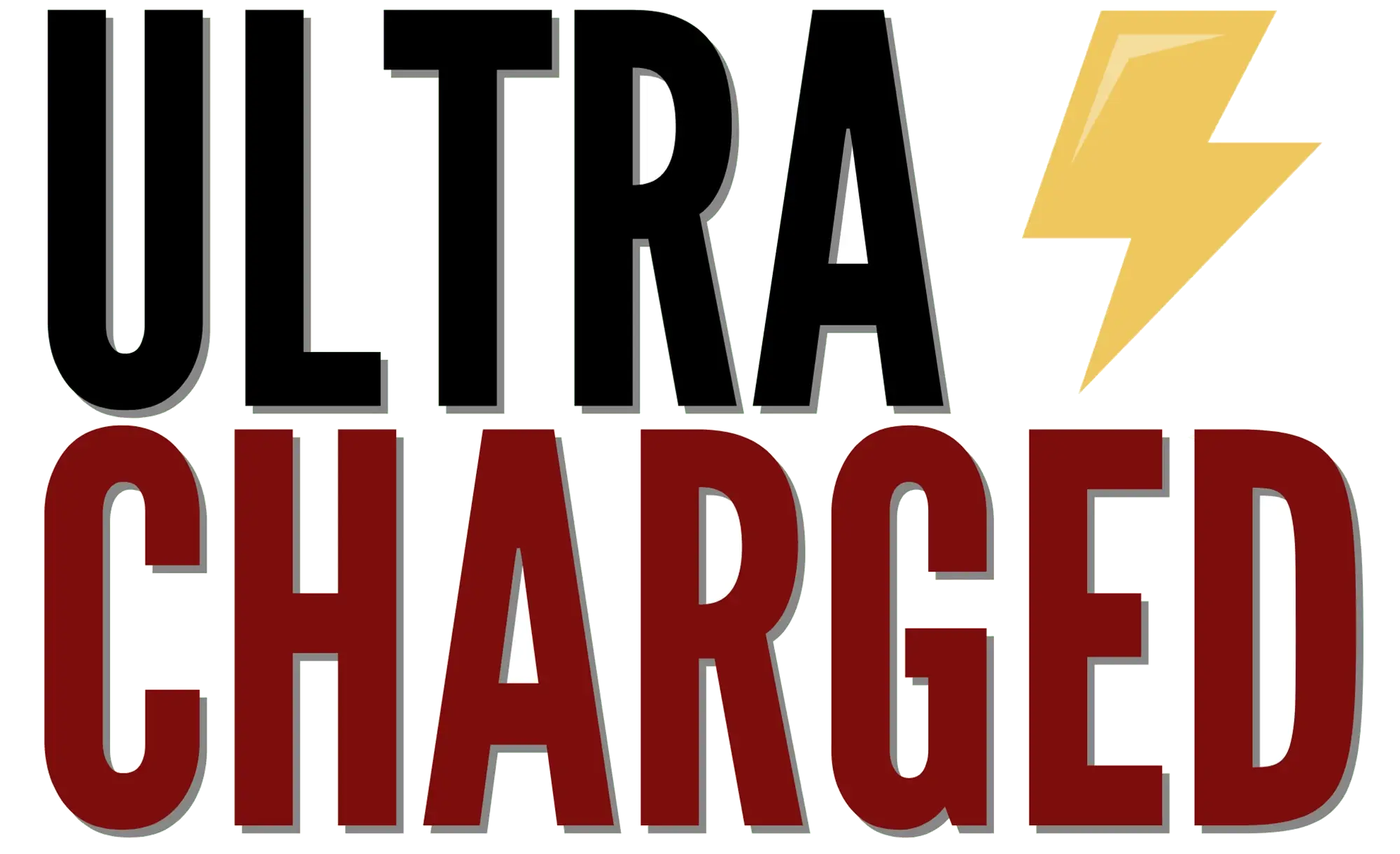


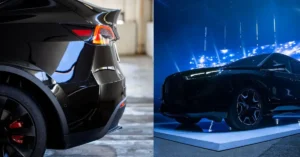

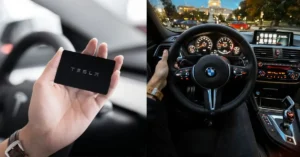

Simply desire to say your article is as surprising The clearness in your post is simply excellent and i could assume you are an expert on this subject Fine with your permission let me to grab your feed to keep up to date with forthcoming post Thanks a million and please carry on the gratifying work